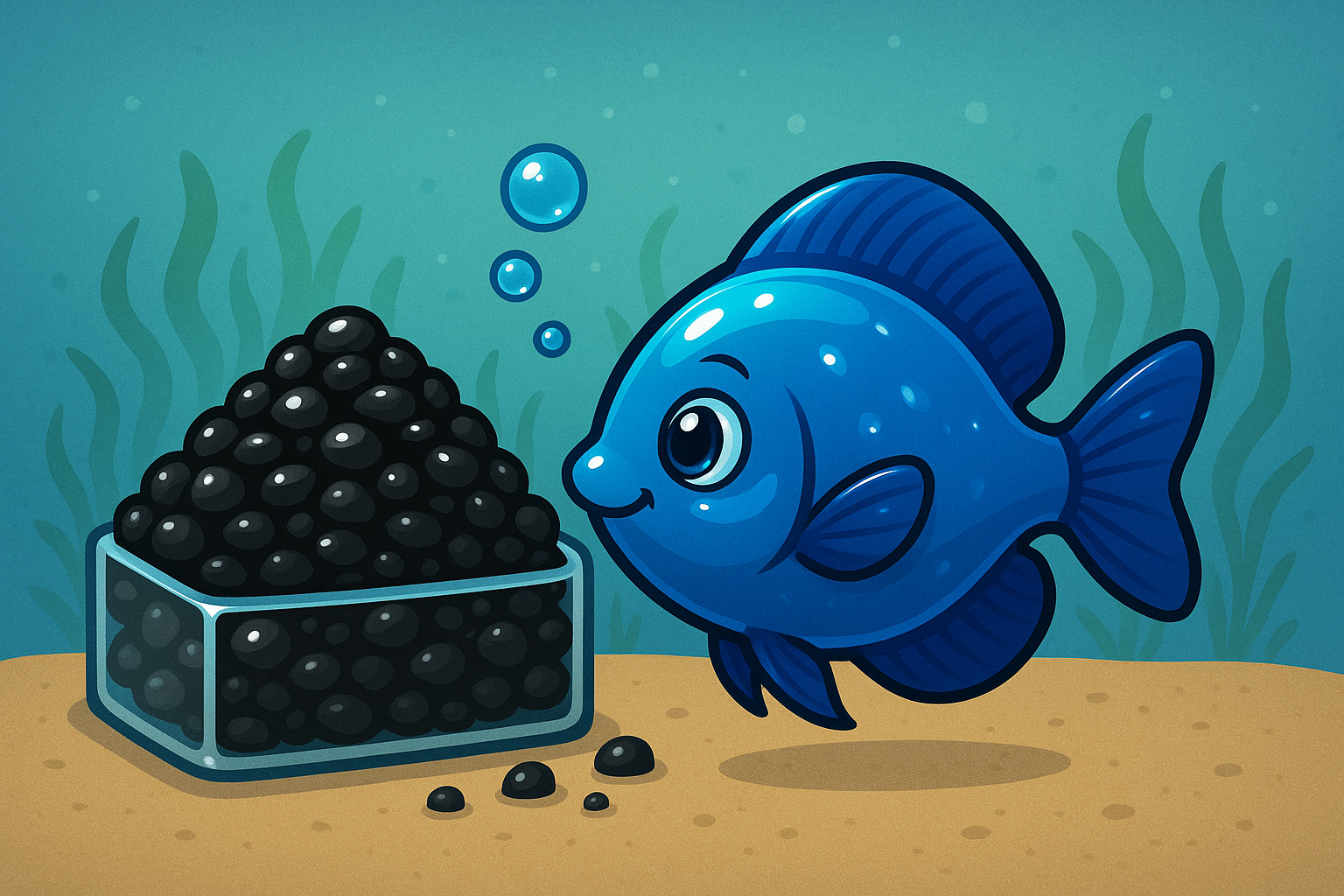Activated Carbon & HLLE (Head & Lateral Line Erosion)
🧱 Activated Carbon & HLLE (Head & Lateral Line Erosion)
HLLE is a syndrome characterized by pitting, ulceration, and tissue erosion along the head and lateral line canal of fish. It’s common in large cichlids (Oscars, Discus, Angelfish) and marine surgeonfish/angelfish.
📈 Evidence for a Link with Activated Carbon
- 🧪 Research: Controlled studies (notably Hemdal & Odum, 2011 in North American Journal of Aquaculture) showed:
- Surgeonfish exposed to carbon dust developed HLLE-like lesions.
- Fish in carbon-free systems did not.
- 🐟 Aquarium Reports: Public aquaria and hobbyists consistently note:
- HLLE progression slows or stops when carbon is removed.
- Lesions often partially heal after discontinuing carbon.
- 📊 Consensus: Carbon is not the only cause, but it is a major contributing risk factor.
🧪 Proposed Mechanisms
🧱 1. Carbon Dust Abrasion (Most Supported)
- Carbon media can release microscopic dust particles into the water.
- 🧩 These particles embed in neuromasts (sensory pores in the lateral line).
- ⚠️ Results in chronic irritation, inflammation, and tissue erosion.
- 🧬 Lesion biopsies have revealed carbon particles lodged in tissues.
🥕 2. Nutrient Depletion
- Activated carbon adsorbs not only organics but also:
- Vitamin C (ascorbic acid) 🥝 → deficiency linked to HLLE.
- Iodine, calcium, magnesium, trace elements ⚖️ → important for skin, nerve, and immune function.
- In tanks where diets are already marginal, carbon can tip fish into deficiency.
🦠 3. Microbiome & Chemical Environment Shifts
- Carbon removes tannins and humic acids, which normally:
- 🛡️ Protect mucosal barriers.
- 🌱 Support beneficial microbial films on skin/gills.
- By stripping these, carbon may destabilize the mucus microbiome, leaving neuromast pores vulnerable.
- This effect is harder to quantify but likely synergistic with abrasion/nutrient loss.
⚡ 4. Secondary Contributing Factors
- 🍽️ Poor diet (low in fresh greens, vitamins, marine algae).
- 💧 Chronic poor water quality (nitrates, organics, stray voltage).
- 😰 Stress (crowding, aggression, temperature swings).
- These factors can magnify HLLE severity, but rarely act alone.
🧴 Activated Carbon Types Matter
- 🔄 Granular Activated Carbon (GAC):
- Larger granules, less dust release.
- Safer if rinsed thoroughly.
- ⚫ Powdered Activated Carbon (PAC):
- High surface area but very dusty.
- Strongly linked to HLLE when used continuously.
- 🧽 Pelletized Carbon:
- Denser, less friable → lower dust risk.
- Often preferred in public aquaria.
- ✅ Best practice: rinse carbon well, use short-term only (days–weeks) for polishing water, and avoid continuous use with sensitive species.
📊 Quick Summary Table
| Factor | Effect on HLLE | Strength of Evidence |
|---|---|---|
| Carbon dust 🧱 | Mechanical irritation of neuromasts → lesions | Strong (lab studies, tissue biopsies) |
| Vitamin/mineral depletion 🥕 | Deficiency (esp. vitamin C, iodine) worsens HLLE | Moderate (nutritional studies) |
| Microbiome disruption 🦠 | Loss of protective mucus flora, humic acids | Emerging (ecological evidence) |
| Other stressors 😰 | Aggravate HLLE but not sole cause | Strong (field reports) |
✅ Key Takeaways
- HLLE is multifactorial, but activated carbon dust is a proven trigger.
- Continuous carbon use = higher risk, especially with dusty or low-quality carbons.
- Stopping carbon + improving diet and water quality often stabilizes or reverses HLLE.
- Best practice for aquarists:
- 🧴 Use carbon only short-term (e.g., after medication).
- 🧽 Choose low-dust, pelletized carbon.
- 🥦 Provide nutrient-rich diets (vitamin C, spirulina, seaweed, fresh veg).
- 🌊 Maintain excellent water quality to reduce compounding stressors.

Impulsada por Lightspeed
Mostrar precios en:USD